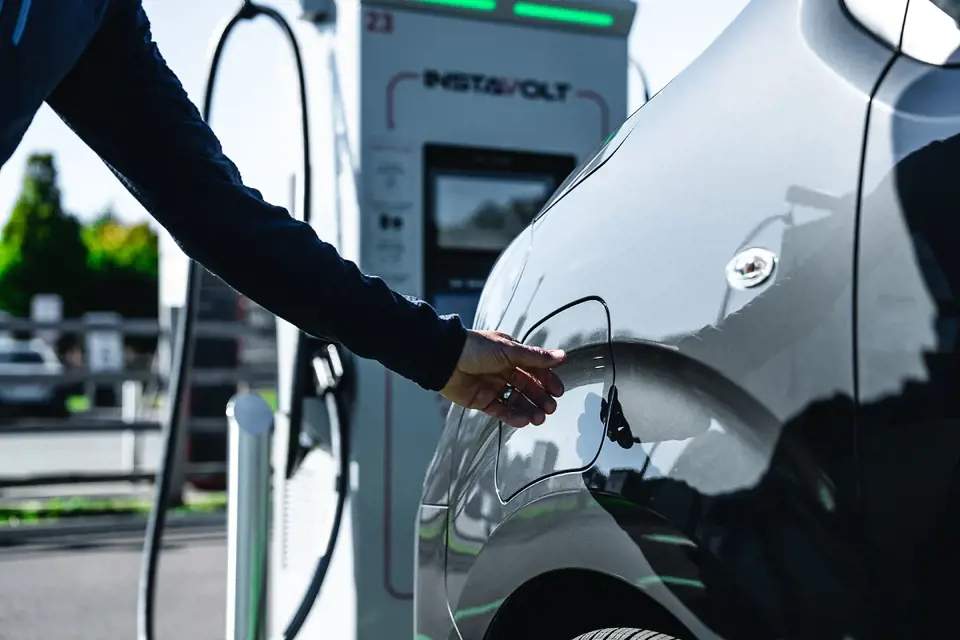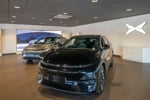Electric vans are seeing shorter servicing times, while hybrids are at the other end of the spectrum, according to early fleet data from Epyx.
Epyx has looked at fleet data from its 1link Service Network service, maintenance and repair (SMR) platform across the first four years of vehicle life.
In year one, average servicing times for electric vans are 0.74 hours, followed by ICE at 1.05 and hybrid at 1.15. In year two, it’s electric 0.89 hours, ICE 1.15 and hybrid 1.39. Year three is electric 1.12 hours, ICE at 1.17 and hybrid 1.41. It’s only in year four that ICE shows the best performance at 1.19 hours, followed by electric at 1.41 and hybrid at 1.42.
However, ICE and hybrid vans have better vehicle off-road (VOR) times.
 Tim Meadows, chief commercial officer at Epyx, says: “It’s important to put some caveats around this data.
Tim Meadows, chief commercial officer at Epyx, says: “It’s important to put some caveats around this data.
“While 1link Service Network is used by fleet operators totalling more than five million vehicles to manage their SMR needs, the numbers of electric and hybrid vans on the platform are relatively low – they have only really entered the market in the last couple of years. That should be kept in mind when looking at the data.
“However, what we are seeing so far is very much in line with what has long been predicted by SMR experts.
“There is a strong technical argument that while electric vans are more expensive to buy, their reduced number of wear parts should mean that they spend less time being serviced, and the data is bearing that out in general terms.”
Meadows says the data on hybrids also proves the theory so far that vehicles with ICE and EV capabilities are adding extra complication when it comes to SMR, therefore requiring more workshop attention.
Time spent off-road
When it comes to VOR – the time spent between when a vehicle enters and leaves a workshop – year one shows ICE at 1.82 ours, electric at 1.96 and hybrid at 2.14.
In year two, the figures are ICE 2.00 hours, hybrid 2.06 and electric 2.07. From year three, hybrid shows the best times, with 2.10 hours, ICE 2.21 and electric 2.56.
For year four, it's hybrid 2.38 hours, ICE 2.63 and electric 2.91.
Meadows added: “Again, it’s important to caveat these findings.
In many respects, the servicing infrastructure behind electric vans is in a relatively early stage of development, while parts supply is often reported to not yet be as good as for ICE and hybrid vehicles. That will unavoidably have an effect on VOR times.
“However, the rate of change when it comes to the electrification of the fleet market means that this is a very dynamic picture and could change quite quickly.
“We plan to rerun this data in a few months and it will be interesting to see how the picture has developed then.”

















Login to comment
Comments
No comments have been made yet.